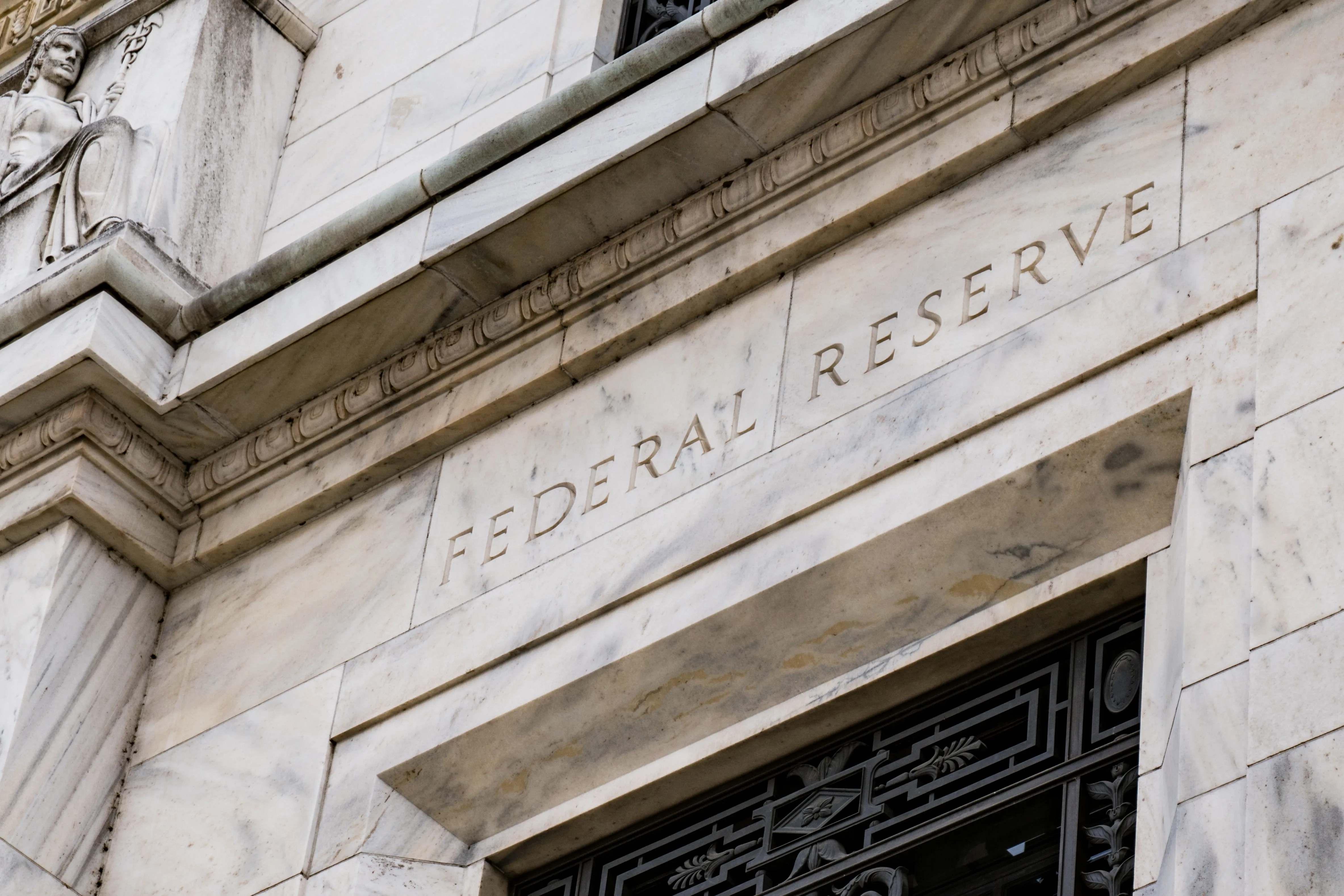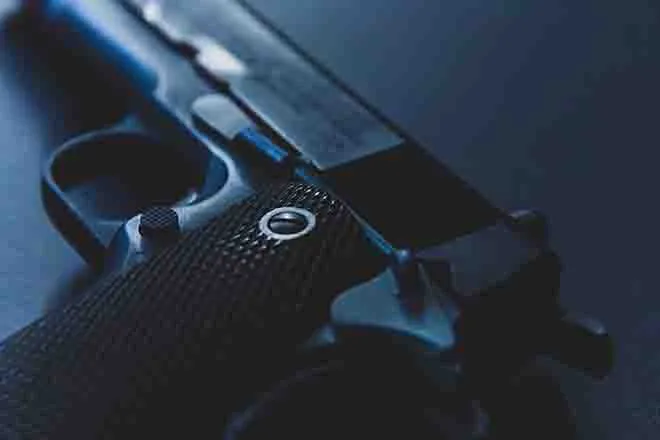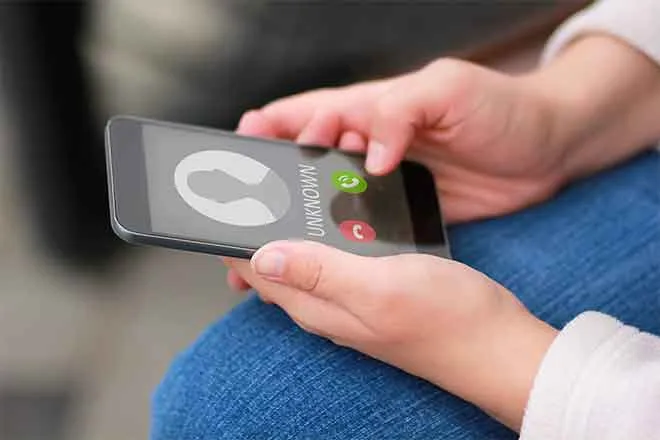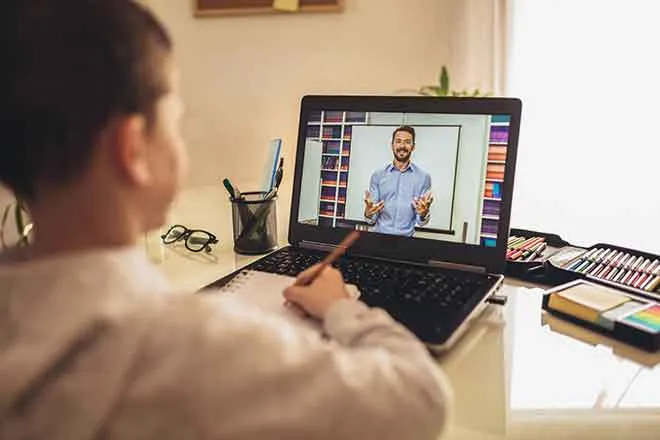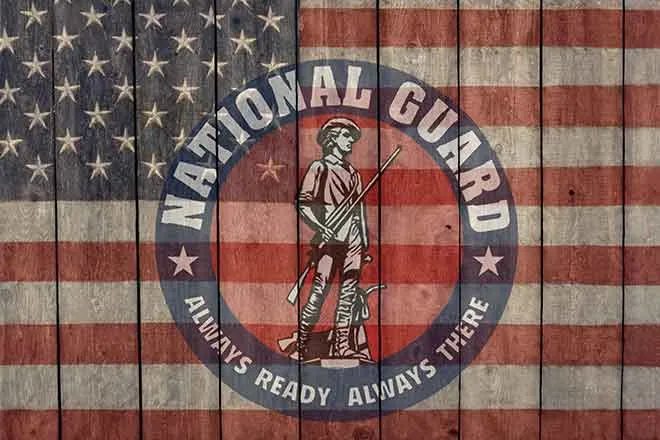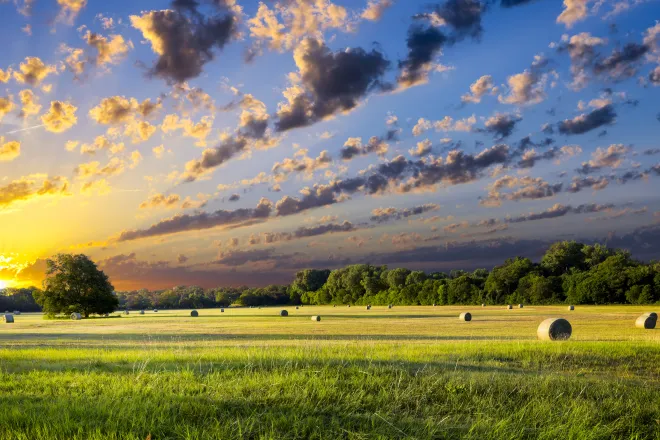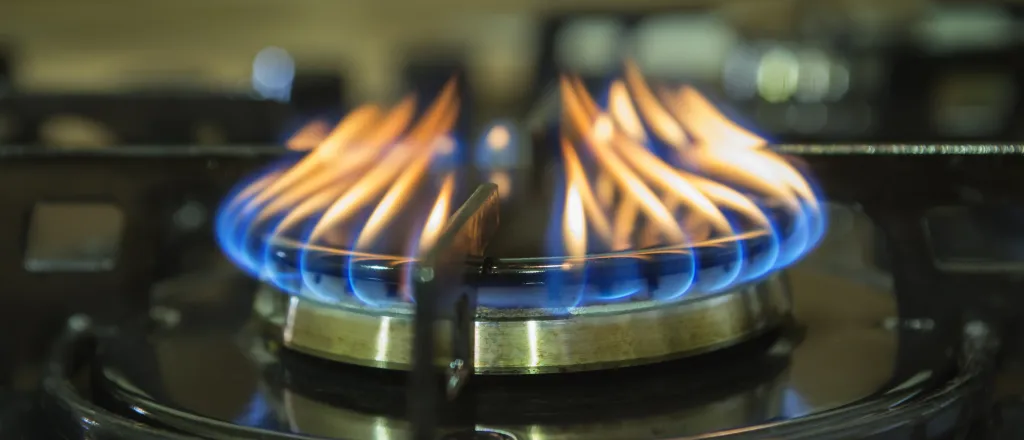
New Mexico makes additional $9.2 million in utility assistance available
© iStock - FotoCuisinette
(The Center Square) - The New Mexico Human Services Department (HSD) recently announced it received $9.2 million in additional funding from the Low-Income Home Energy Program (LIHEAP), allowing it to provide more assistance to low-income households for their home energy bills.
Those who got utility assistance between October 1, 2022, and September 30, 2023, will get an additional $200.
LIHEAP recipients do not need to do anything to get this money.
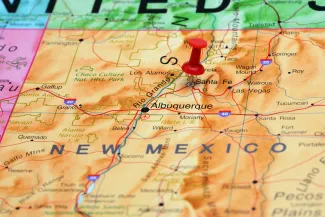
“Recognizing the challenges posed by rising utility costs, HSD is proactively seeking ways to support low-income New Mexicans,” Kathy Slater-Huff, deputy secretary for the New Mexico Human Services Department, said in a press release from HSD. “We secured this additional help to ease the stress and financial strain of increased utility expenses — we are committed to providing this essential support for the well-being and stability of our communities.”
LIHEAP provides financial support to people and families for costs associated with the following, according to the release:
- Heating and Cooling Energy Costs: LIHEAP helps cover the cost of energy bills, to ensure homes are warm in the winter and cool in the summer.
- Energy Crisis Assistance: In emergency situations, such as a utility shutoff, LIHEAP can offer immediate support to prevent disconnection or help reconnect services.
- Weatherization and Energy-Related Minor Home Repairs: The program may also assist in improving a home’s energy efficiency through upgrades or repairs, ultimately reducing the energy bills.
Those who qualify for the LIHEAP program can find out if they do by visiting https://liheapch.acf.hhs.gov/search-tool/.
The LIHEAP program has been susceptible to fraud over the years. In 2010, the state's Government Accountability Office found that 5% to 9% of the payments made from the program were based on fraud. However, there has not been an audit of the program since 2010.


